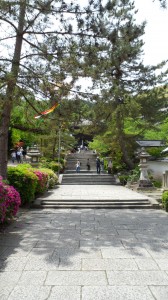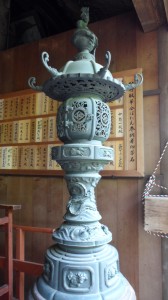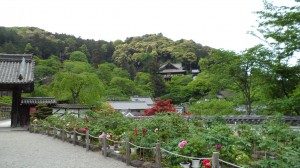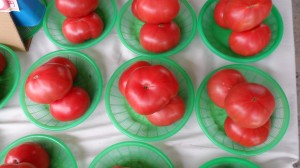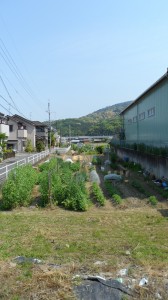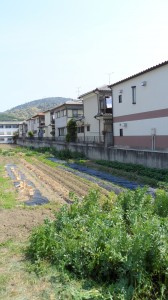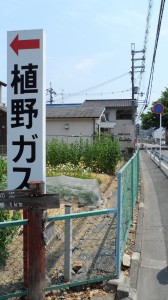In 1936, Mokichi Okada established “no pesticide farming”, otherwise known as “nature farming”. Nature farming was described in an early post so I will briefly provide the five main theories behind the practice of Kyusei Nature Farming.
1. It must produce safe and nutritious food to enhance human health.
2. It must be economically and spiritually beneficial to both producers and consumers.
3. It must be sustainable and easily practiced.
4. It must conform to nature and protect the environment.
5. It must produce sufficient food of high quality for an expanding world population.
So I have already explained what nature farming is in a past post, but today I wanted to introduce effective microorganism farming or EM farming for short. Before I talk about the farming method let me first explain why bacteria and microorganisms are important for the health of soil. Microorganisms in soil basically break down organic material and synthesize new chemicals that are beneficial to the health of the soil, directly affecting the nutrition and minerals plants receive. Now this process has been explained in detail by people who are much smarter than I, but for our purposes the basic idea is sufficient. So simply put, the idea is that the right mixture of microorganisms create a balanced environment for plants to thrive in.
EM farming has been researched by a man named Teruo Higa, and it is the idea of utilizing microorganisms along with nature farming to produce the healthiest and most abundant crops possible. Nature farming eliminates the use of pesticides and fertilizers while EM treatments increase crop productions and decrease diseases that could possibly ruin crops. This is possible because the microorganisms produce antioxidants that eliminate free radicals in the soil that are associated with certain diseases. They also simulate the “rotation effect” which promotes the grow of healthy organisms and suppresses the growth of harmful ones. Also, in some instances EM treated naturally farmed crops have been claimed to have produced more food than conventional farming methods alone meaning people could produce more food without harmful fertilizers and pesticides.
These are very strong claims for EM farming but the problem is the lack of reproducibility and consistent results. There are many factors that contribute to the effectiveness of the EM treatments, and all the information needed to improve it and make it commercialized as not been found. There are tests and experiments being conducted to test the usefulness and effects that EM farming has claimed to have. I hope that this technology can be improved and spread worldwide so that people can eat healthier food while keeping the environment clean.


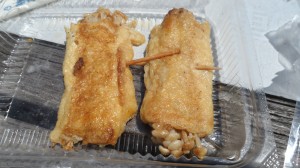




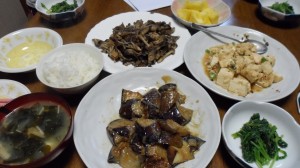
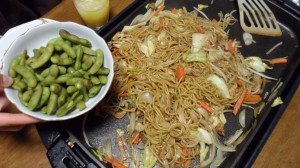
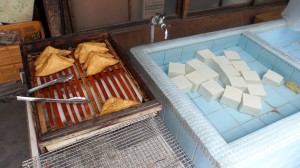
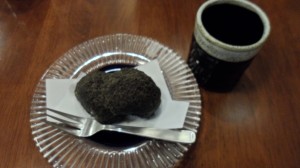
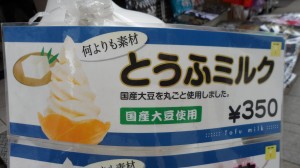
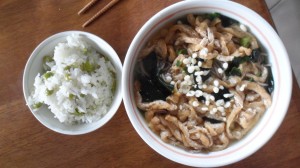
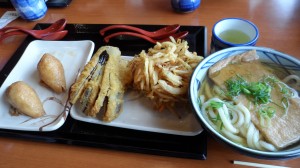
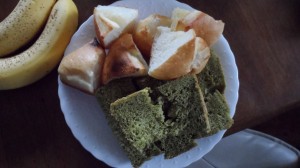
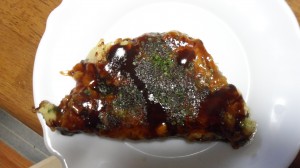
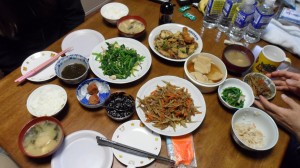

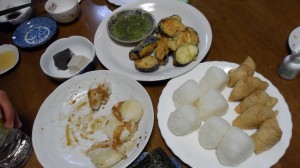
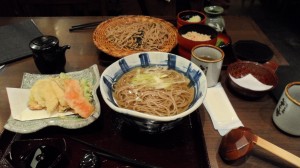
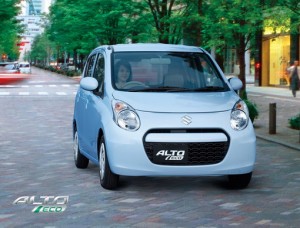
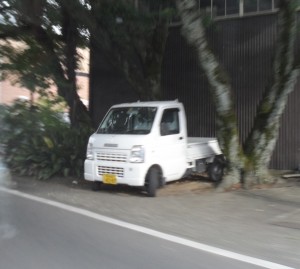

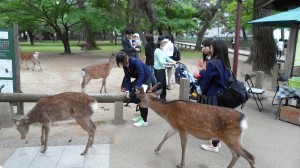



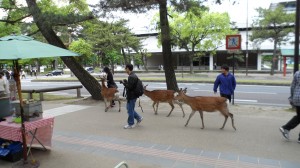


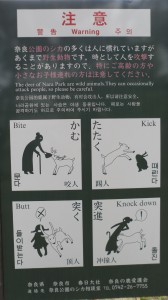

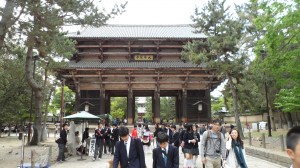
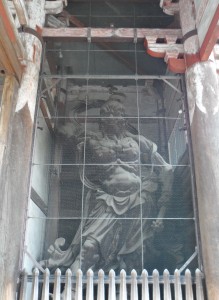
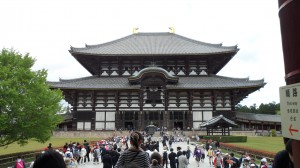
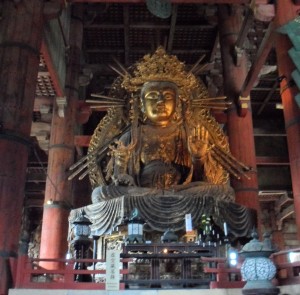
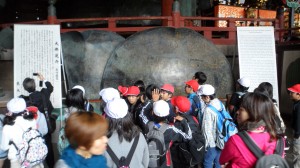
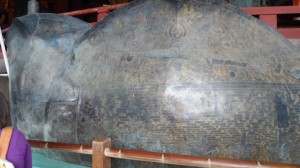
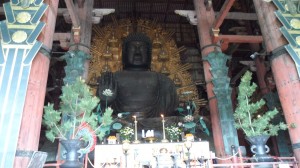

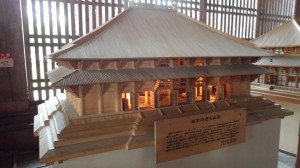




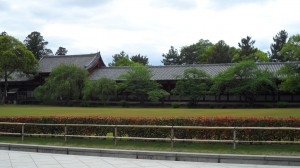
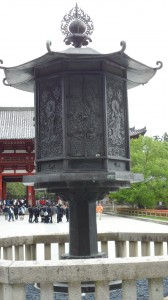
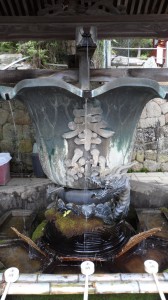
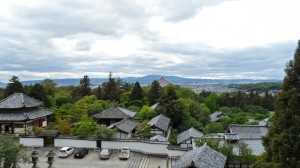 So it must have been a field trip day to Nara because everywhere we went there were schoolkids of all ages walking around. At two separate times, groups of elementary schoolkids stopped us and starting speaking fluent English which surprised us both and then we surprised them when we responded to their questions in Japanese. They asked us where we were from, if we liked Japan, etc. They wanted pictures with us so we felt like rock stars. Anyway, I just thought I would add that in since we had a fun time talking and interacting with them.
So it must have been a field trip day to Nara because everywhere we went there were schoolkids of all ages walking around. At two separate times, groups of elementary schoolkids stopped us and starting speaking fluent English which surprised us both and then we surprised them when we responded to their questions in Japanese. They asked us where we were from, if we liked Japan, etc. They wanted pictures with us so we felt like rock stars. Anyway, I just thought I would add that in since we had a fun time talking and interacting with them.
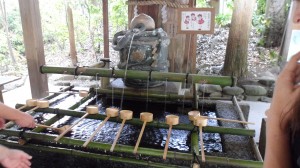

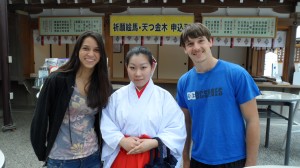
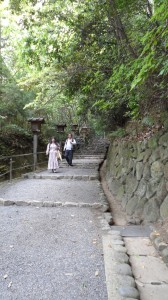
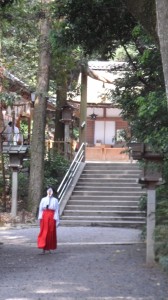 We also visited Hasedera Temple which was also beautiful and interesting.
We also visited Hasedera Temple which was also beautiful and interesting.